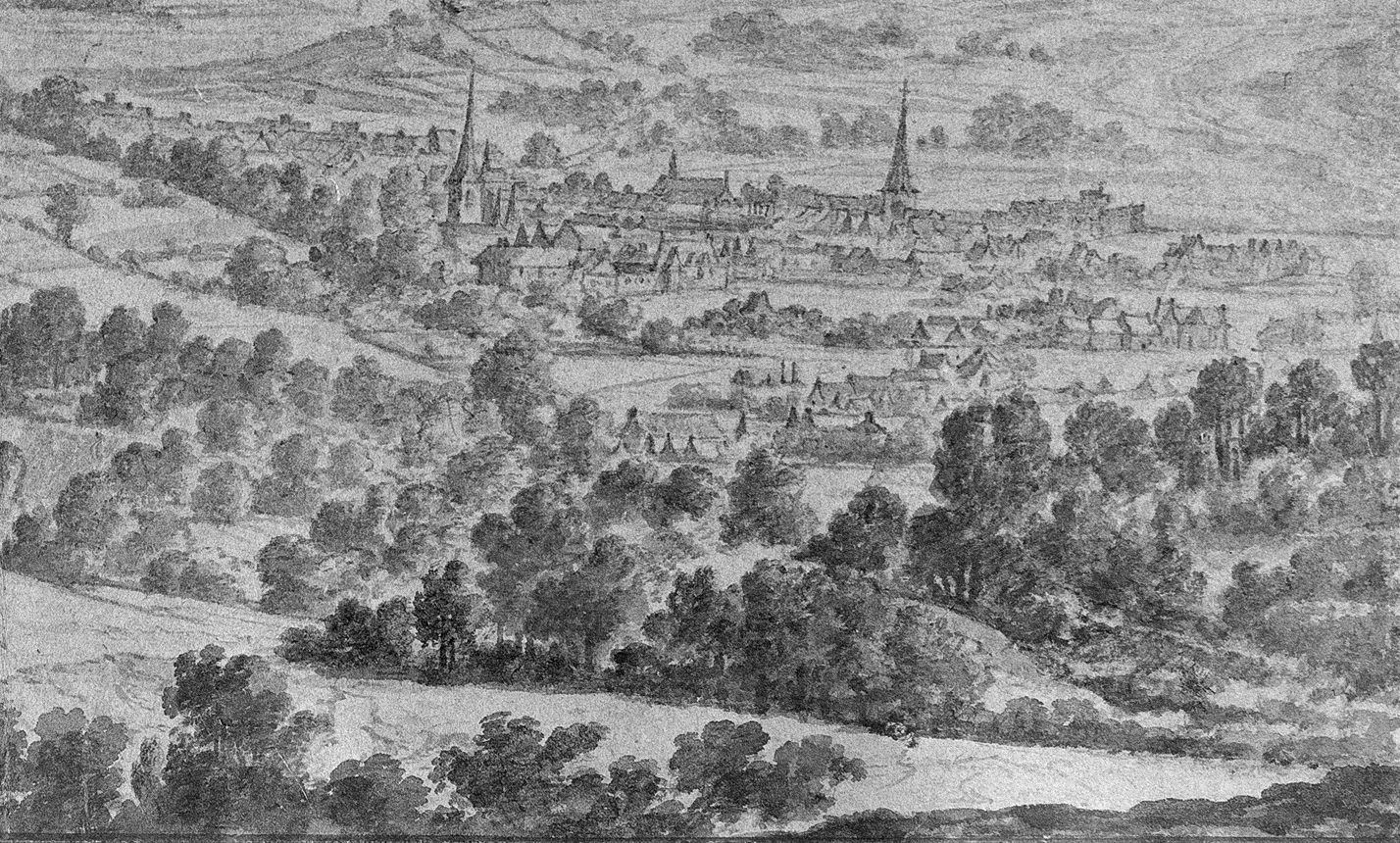What name for this region?
East Belgium. German-speaking Community of Belgium. Eupen-Malmedy. Eupen, Malmedy, Saint Vith. East Cantons. German Belgium. German East Belgium. New Belgium. Cantons rédimés. German-language region. The reader interested in the history and region of today’s German-speaking minority in Belgium will come across these terms (and several more). But which term is correct? What do these terms mean? And why this multiplicity of terms for apparently one region?
Every citizen develops his own identity. It is made up of many components – usually including a regional one. Consequently, the history of terms in East Belgium also reflects offers of identity. Some terms show how people saw or wanted to see today’s German speakers in eastern Belgium from outside. Others reveal how East Belgians have seen themselves over the last two centuries or how they see themselves today. Therefore, the use of a term was and is (almost) always politically and historically loaded.
In 1795, France divided the southern Netherlands, often called the ‘Belgian provinces’, into departments. Within the Déprtament de l’Ourthe, the three cantons of Eupen, Malmedy and Sankt Vith were created. They were part of the arrondissement of Malmedy. This was the first time that these areas were united into one administrative unit.
In 1815, the Congress of Vienna assigned these cantons to Prussia. Three new administrative units were created that roughly corresponded to the French cantons: the districts of Eupen, Malmedy and Sankt Vith. Between the district of Eupen and the district of Sankt Vith lay the High Fens, a high moor that had been a natural barrier for centuries.
In 1821, the district of Sankt Vith was dissolved and integrated into the district of Malmedy. Around 10,000 citizens lived in and around Malmedy, whose mother tongue was the Walloon language, and to a lesser extent the French language. Their first foreign language was German. Many of them considered themselves Prussian Walloons at the end of the 19th century.
In 1920, the Treaty of Versailles came into force. The districts of Eupen and Malmedy were ceded to Belgium. In the old fatherland Germany, the term ‘Eupen-Malmedy’ prevailed. The Belgians, on the other hand, spoke of the ‘cantons rédimés’, the recovered cantons, as well as of ‘New Belgium’, more rarely of the ‘Eastern cantons’, or the cantons of Eupen, Malmedy and Sankt Vith. The term ‘New Belgium’ was also used in the area itself as well as in Luxembourg.
In 1940, this region became German again. The Nazis spoke of the ‘returned Eupen-Malmedy’.
In 1944/45, the region became Belgian again. At that time, the term ‘Eastern Cantons’ was established for official use. From now on, in and around Malmedy, the citizens spoke almost only Walloon and French.
The language laws of 1963 defined the language borders and circumscribed an area of German language in Belgium. From then on, members of this minority increasingly referred to themselves as German-speaking Belgians.
In 1973, the area received its first autonomy rights. The ‘Council of the German Cultural Community’ was established.
In the 1970s, radical autonomy advocates used the terms ‘German Belgium’ or ‘German East Belgium’. However, their suggestions did not prevail.
In 1983, the ‘German-speaking Community’ was founded. Since 1984, the minority has had its own government.
Around the turn of the millennium, the term DG, as an abbreviation of ‘German-speaking Community’ (Deutschsprachige Gemeinschaft), was strongly promoted by the government as an identity-creating paraphrase.
Since 2017, the region has been marketed as ‘East Belgium’.
